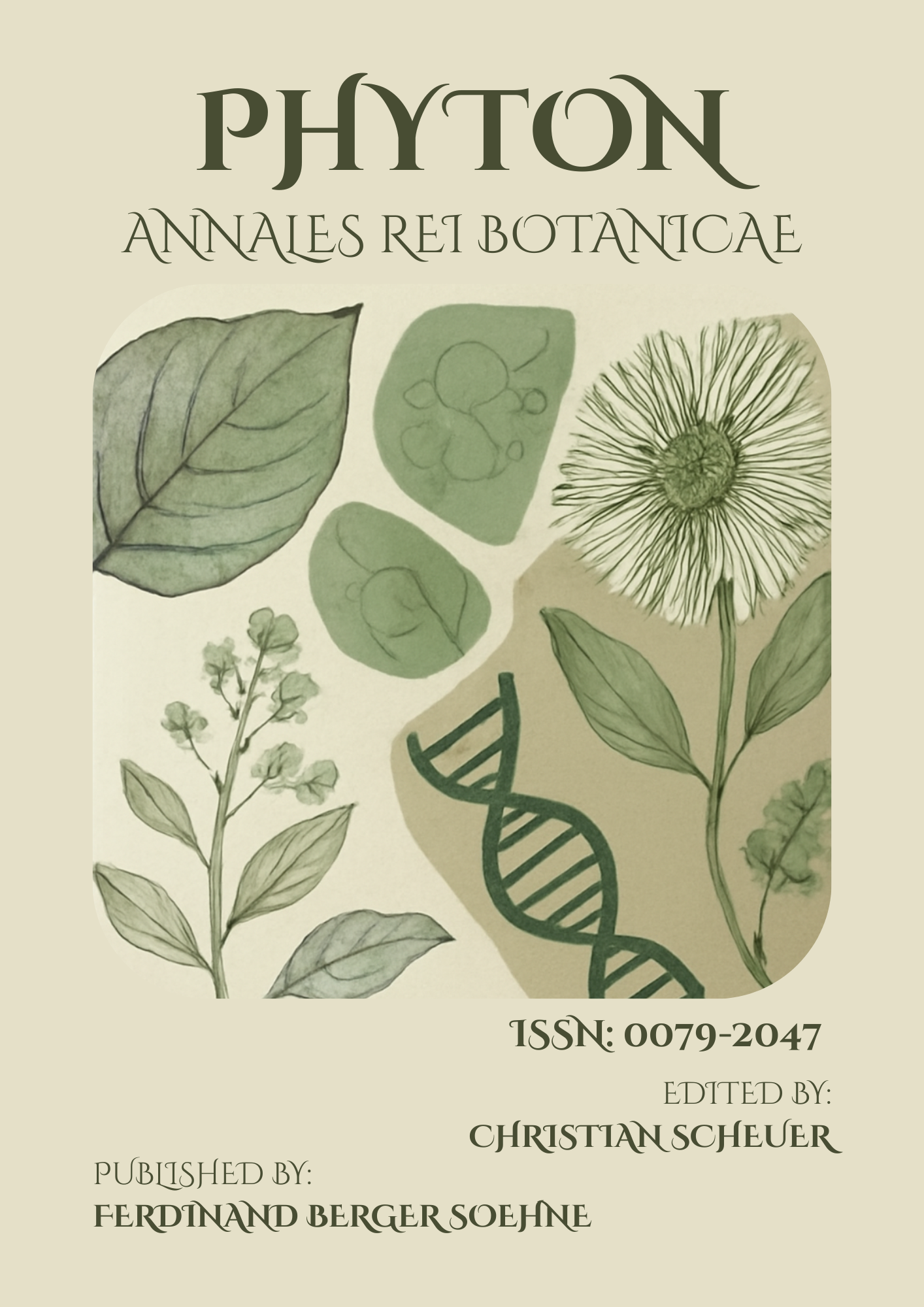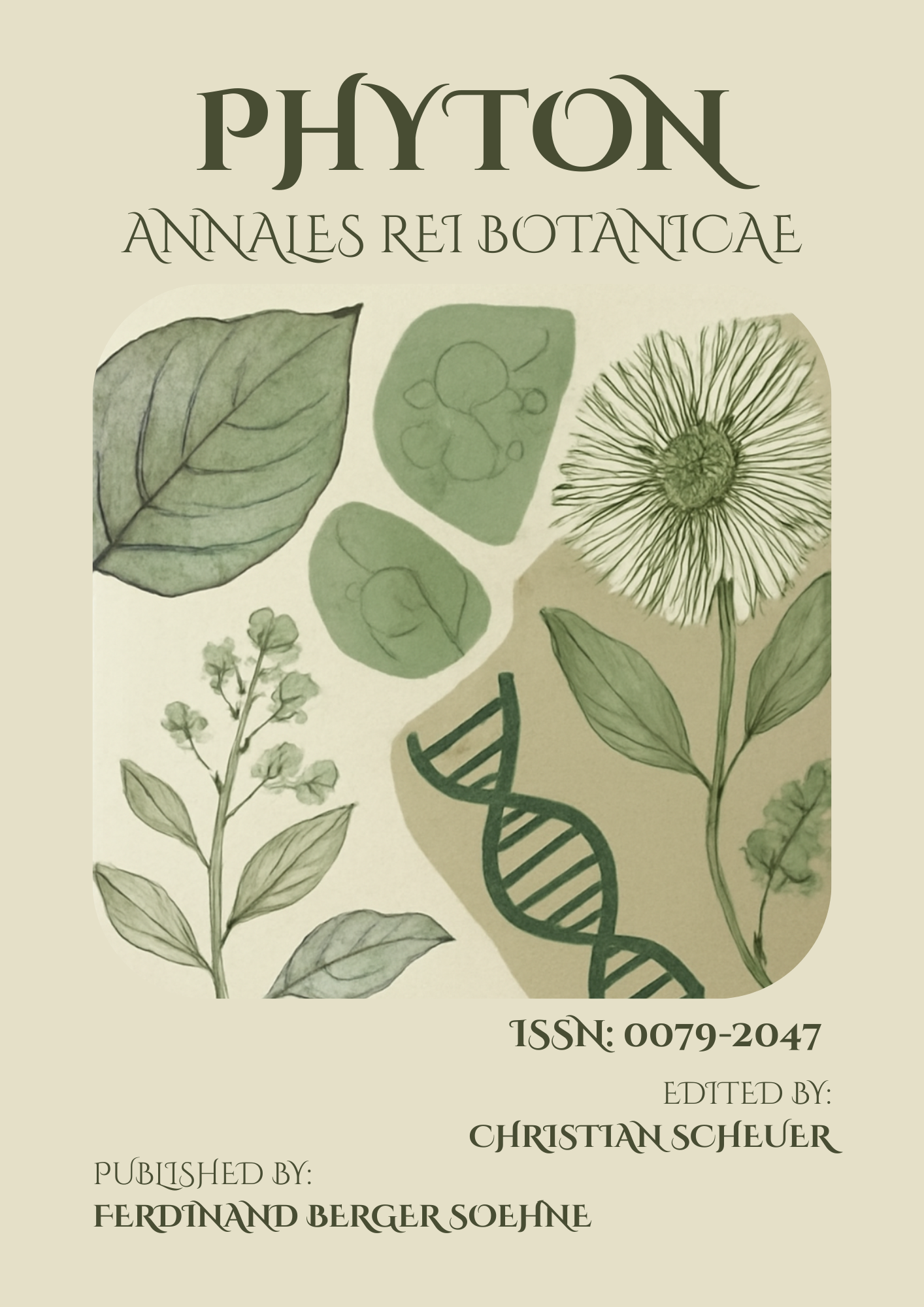Fungal Pathogens in Sub-Saharan Africa: Emerging Threats to Staple Crops
Keywords:
Fungal Pathogens, Sub-Saharan Africa, Crop Diseases, Maize, Cassava, Integrated Disease ManagementAbstract
Fungal pathogens pose a growing threat to staple crops in Sub-Saharan Africa, particularly in regions that are highly dependent on maize, cassava, and rice. This paper explores the emergence of fungal diseases in Sub-Saharan Africa, with a focus on maize ear rot, cassava brown streak disease, and rice blast. The study reviews the ecological factors that favor the spread of fungal pathogens in the region, including temperature fluctuations, humidity, and agricultural practices. The research highlights the challenges of managing fungal diseases in regions with limited access to pesticides and other crop protection technologies. The paper also examines the role of integrated disease management strategies, including the development of resistant crop varieties, cultural practices such as crop rotation, and biological control methods. The study concludes with recommendations for improving fungal disease management in Sub-Saharan Africa through enhanced research, farmer education, and the promotion of sustainable agricultural practices that reduce the reliance on chemical fungicides.
Published
How to Cite
Issue
Section
License
Copyright (c) 2023 PHYTON-ANNALES REI BOTANICAE

This work is licensed under a Creative Commons Attribution-NonCommercial-ShareAlike 4.0 International License.
This article is published under the terms of the Creative Commons Attribution-NonCommercial-ShareAlike 4.0 International License (CC BY-NC-SA 4.0). Readers may share and adapt the material for non-commercial purposes, provided appropriate credit is given and adaptations are shared under the same license.



